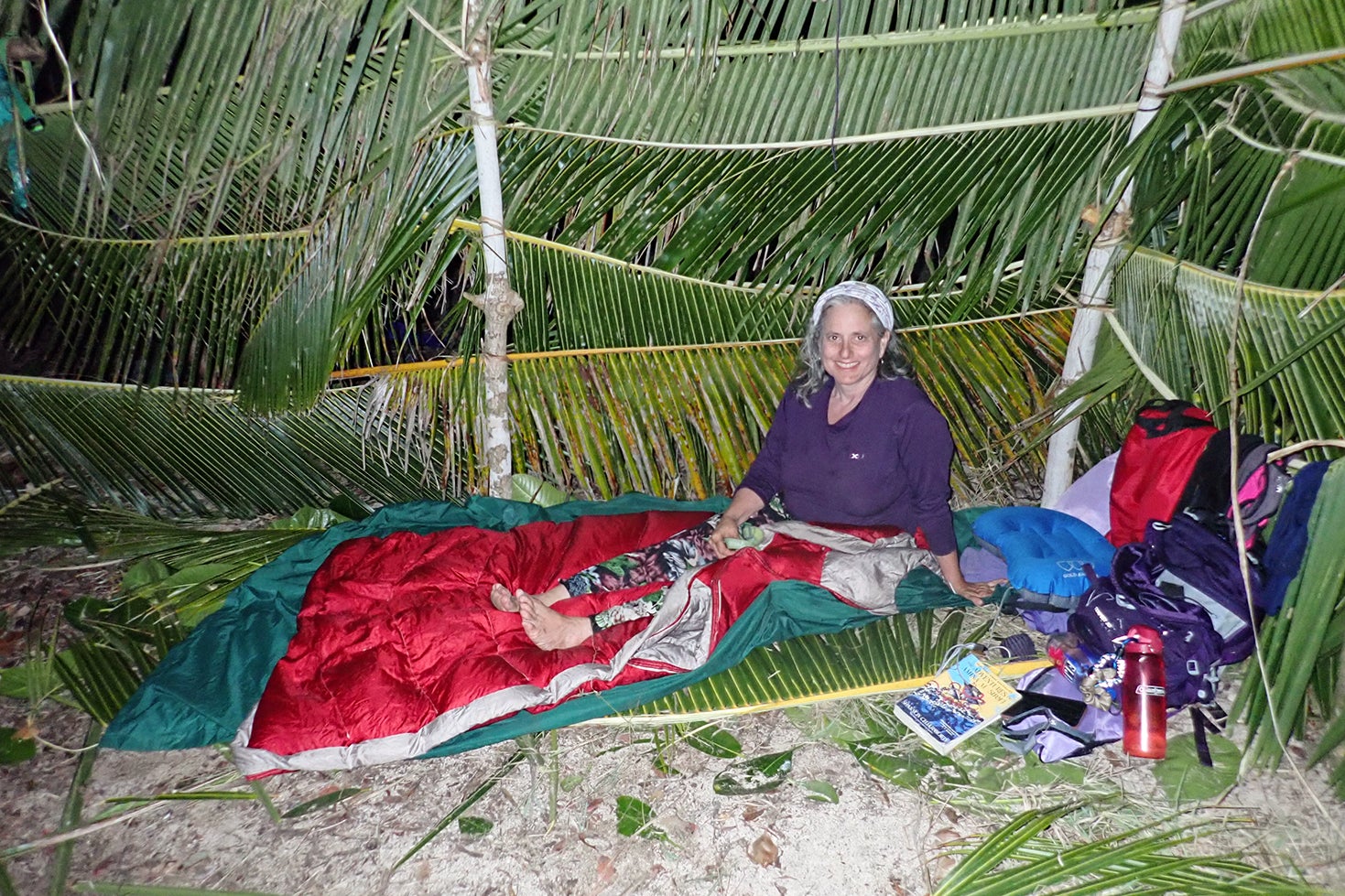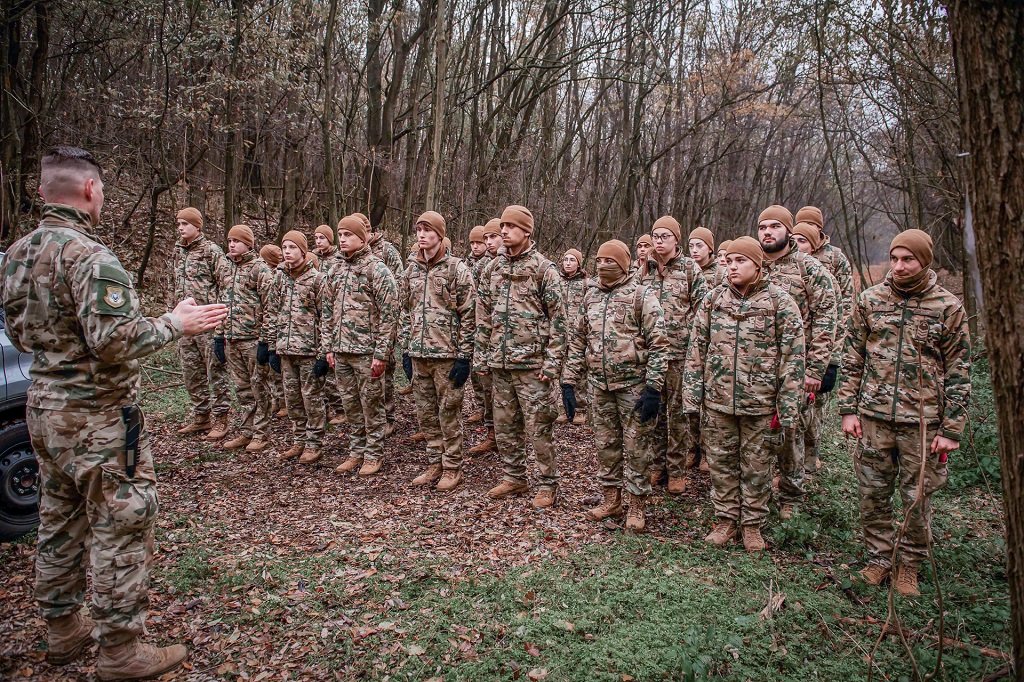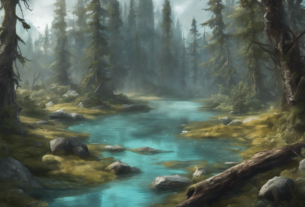In 2000, tens of millions tuned in to observe Richard Hatch outwit, outplay, and outlast his teammates and opponents to develop into the primary Survivor. The present gave viewers a peek into what 30 days on a abandoned island could be like and, for some, could have sparked a survivalism bug. Different exhibits, like Alone and Bare and Afraid adopted go well with, focusing much less on group dynamics and bodily competitors and extra on excessive survival conditions.
Greater than 20 years later, Survivor could have misplaced some of its luster, however the itch to strive a survival expertise stays. Simply ask my mother.
In August, she and my brother set out for Tonga—a rustic consisting of dozens of islands within the South Pacific—as a part of an expedition organized by Desert Island Survival. In Tonga, my household (together with a number of different courageous souls) was set to spend 11 days studying bushcraft, or abilities wanted to outlive in nature. They’d then put their information to the check, spending 5 days fending for themselves on one other a part of the island.
And so they aren’t the one ones doing this. The bushcraft and survivalism enterprise is currently booming. Firms like Desert Island Survival provide programs and even holidays devoted totally to honing survival abilities. In some circumstances, individuals are simply set off on their very own to a abandoned island to cosplay as castaways. It’s additionally half of a bigger development of paying for experiences moderately than locations.
“Lots of people are searching for private progress,” says Tom Williams, the founding father of Desert Island Survival and an Alone winner.* “They’re fed up with simply ingesting cocktails by a pool, they usually need to actually push themselves and see what they’re able to.”
The bushcraft schooling enterprise is nothing new. Ray Mears has taught bushcraft for over 4 a long time. He’s seen that “individuals have jumped on the bandwagon” recently. And bursts of curiosity have additionally peaked round so-called doomsday occasions.
Tom McElroy, of Wild Survival Abilities, says: “Across the yr 2000, there undoubtedly was a ‘Survive the Apocalypse’ rush, the place we have been packing courses each single week with, like, 150 folks that have been simply making an attempt to get in on the final second to study to outlive.” An analogous factor occurred in 2012, when doomsday predictions led to an uptick in survivalist traits.
Extra not too long ago, the COVID-19 pandemic has as soon as once more introduced newcomers to survivalist faculties, as individuals have been itching to go away the home.
“Submit-COVID, we received this huge inflow of revenge journey, the place everybody’s so pent up indoors they usually’re similar to, ‘Get me on the market,’ ” Williams explains. “The concept of being completely immersed in nature on a desert island is a big stride out out of your house, [where] you’ve been cooped up.”
There isn’t essentially a standard thread amongst those that search out one in every of these experiences.
Nonetheless, McElroy says his expeditions have a tendency to draw a sure sort of individual, somebody hoping for a digital detox. “My courses are geared in the direction of educating folks that have sort of misplaced their reference to nature reconnect, discover different issues to do in nature,” he says. “I feel individuals are inherently lacking that connection.”
Others emphasised the attract of returning to nature and immersing oneself in a extra “primitive approach of being.”
“After I had my son, I struggled actually badly with postpartum, and I simply wanted one thing to drag me out of that, and I remembered how joyful I felt being immersed in nature,” says Naomi Allsworth, a Desert Island Survival information and Alone contestant.* “I underwent a survival course and a few bushcraft programs, simply to have that injection of nature once more.”
For others, it may possibly make for good content material—an attention-grabbing contradiction, contemplating that the acknowledged function of the expedition is to disconnect from the world.
“Continuously, we have YouTubers asking about whether or not we will facilitate their experiences,” Williams says. “I feel it matches properly into longer-form YouTube.”
One would possibly—and may—ask: Why not simply go tenting? There are far simpler methods to reconnect with nature that don’t require hopping on a aircraft or paying a lot. For my mother, at the very least, she needed to study in a secure and supportive atmosphere, and Desert Island Survival offered simply that. Twice a day, group members would have “class,” throughout which they’d sharpen their survival abilities, training them earlier than they really had to make use of them.
“It’s significantly better to study by somebody displaying and correcting you,” my mother informed me. As for location, she mentioned, she wasn’t particularly searching for Tonga however she had needed to do someplace tropical as a result of she “didn’t need to cope with chilly climate.”
Desert Island Survival provides comparable excursions in Panama, the Philippines, and now Botswana.
The corporate’s commonest prospects are individuals between the ages of 30 and 40 with jobs in tech, or entrepreneurs who can take off time for such an expedition. Understandably, the hefty value tags of a few of these experiences affect who may even take part. The 11-day Tonga journey is almost $5,000 an individual, and that’s excluding the price of getting there.
Williams describes it as searching for a “Goldilocks zone.” It needs to be shut sufficient that there are hospitals in case of medical evacuation, however not too shut that there are lights on the horizon or boats coming previous. Desert Island Survival has been capable of finding such places in Panama, the Philippines, and Indonesia.
“We be certain there’s no boats round,” says Alvaro Cerezo, the founding father of Docastaway. “There’s no fishermen. Isolation is an important.”
And the islands that function places for these journeys have delicate ecosystems that have to be thought of. Each Docastaway and Desert Island Survival lease the land from non-public house owners or governments, which regularly have guidelines about what they will and may’t do on the island. “We are able to solely go to one another possibly 5 occasions a yr, due to sustainability—we don’t need to deplete the sources,” Williams says.
Though the enterprise may be worthwhile, prices are pretty unpredictable. Williams says that if the corporate has 5 individuals on a visit, it should break even. However quotas aren’t all the time met, and issues occur; on my mother’s journey, a medical evacuation price Desert Island Survival an additional $1,000.
“I’m not going to develop into a millionaire with this,” Cerezo says.
Although constructing a shelter and beginning a fireplace may be helpful abilities in making an attempt occasions, it’s extremely unlikely that most individuals will likely be in such a state of affairs once more. Which prompts the query: What else does one get from the expertise?
For my mother, it was an train in self-efficacy. “I needed to show I may do it,” she says.
Allsworth has comparable ideas.
“Figuring out which you could sort of survive and even thrive with simply fundamental instruments and information—it’s a confidence booster, particularly for ladies,” she says. “It may well problem societal expectations and spotlight the sort of strengths and capabilities we possess.”
Correction, Oct. 27, 2024: This piece initially misstated that Naomi Allsworth was the winner of Alone and that Tom Williams was a contestant. It’s the opposite approach round. This story has additionally been up to date to make clear the size of the Tonga journey. As well as, because of a manufacturing error, a paragraph together with further context from bushcraft educator Ray Mears was deleted. It has been reinstated.



